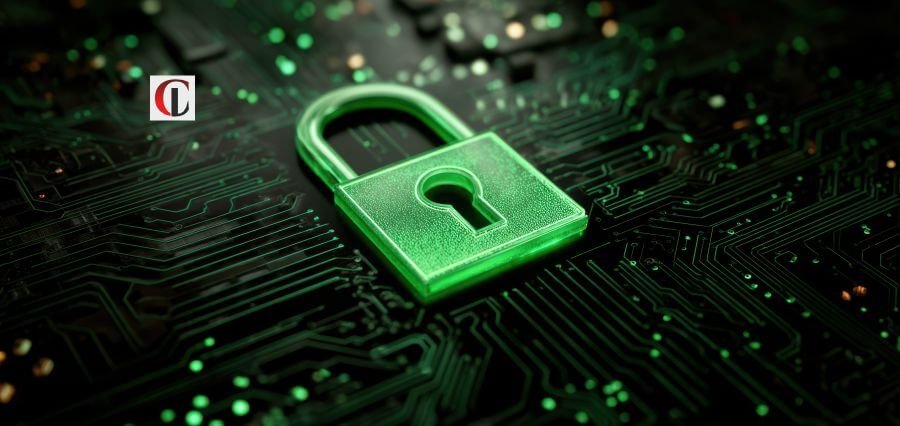As the world becomes more and more digitized, the role of cybersecurity as one of the drivers of business resilience cannot be overstated. Widespread growth in cloud computing, Internet of Things (IoT), artificial intelligence (AI), and remote work has provided the attack space for cyber attacker’s multi-fold. Thus, cybersecurity is no longer an IT function but has become a business necessity that informs strategy, governance, and trust. Organisations across all industries are increasingly discovering that proactive and responsive strategies towards cybersecurity are not only most essential to protect information, but also business, reputation, continuity, and customer trust. The cyber world is evolving at an unprecedented pace. Attack techniques get more advanced, compliance requires tighter controls, and the cost of data breaches increases. As a counter measure, companies are now investing more in next-gen threat intelligence, automation, and employee awareness programs. However, to stay protected in a constantly evolving landscape, one must stay up to date with the largest trends that are transforming the cyber security market.
AI and Automation in Cybersecurity
Artificial intelligence and automation are transforming the way organisations identify, deter, and respond to cyberattacks. Traditional security systems are not capable of withstanding the velocity and sophistication of modern threats. AI-driven systems are capable of scanning huge amounts of data at high velocity, finding anomalies, and respond to potential dangers before they would rely on human teams exclusively. Machine learning capabilities, for instance, are able to predict attack patterns based on experience and thus organizations are ahead of changing tactics. Incident response is faster too with AI strengthened by automation, reducing detection-to-containment time. It is not only saving time but security professionals can also focus on higher value work such as strategy and analysis. But the attacker merely mirrors defenders using AI.
Cybercriminals are relying more and more on AI to craft more and more sophisticated phishing attacks, stealthy malware, and vulnerability exploitation at ever-growing speeds. This has created an infinite cat-and-mouse game between offensive and defensive AI. In order to remain ahead of the curve, organisations are adopting explainable AI, where security teams can watch what is happening and authorize automated decisions. In addition, joint efforts by cybersecurity experts, technology companies, and governments must take place to create guidelines for ethical AI utilization in cybersecurity.
Zero Trust Architecture
One of the largest policies shifts in cybersecurity overall is the widespread adoption of zero-trust architecture. Network security was founded on the assumption that all that was inside an organisation’s perimeter could be trusted. But with the onset of remote work, cloud computing, and distributed data environments, this model no longer works. Zero trust assumes of “never trust, always verify” and requires ongoing authentication and strict access controls for everyone, devices, and applications. This mechanism removes the threat of stolen credentials or insider attack to do damage and improves security posture overall.
Zero trust isn’t simply a technology issue but is also cultural. It compels organizations to ask themselves how information is accessed, stored, and shared today, between and third-party systems. Zero trust prefers to appear on the scene in the guise of the implementation of identity and access management (IAM) systems, multi-factor authentication (MFA), and network segmentation. The shift can be challenging, yet long-term benefits are enormous, such as increased visibility, reduced attack surfaces, and improved compliance.
Cybersecurity Resilience and Regulations
Governments and regulation agencies around the world are making it increasingly difficult to safeguard data and meet cybersecurity regulations as cyber threats become stronger. Regulations such as the General Data Protection Regulation (GDPR), Digital Operational Resilience Act (DORA), and other country-level cybersecurity law have increased the level of accountability. Companies now must report breach incidents in timely fashion, safeguard consumers’ information using strong controls, and demonstrate compliance through periodic audits. This shift is forcing businesses to place cybersecurity as a built-in element within its corporate governance framework.
Cybersecurity is no longer a technology issue but a regulatory and strategic necessity that is consuming boardroom agendas and investor confidence. Besides regulation, there is more focus on developing cyber resilience—the ability to expect, deflect, and bounce back from attacks. Resilient organizations recognize cybersecurity as an ongoing process, not a front-end cost. They possess solid back-up and recovery processes, conduct formalized risk assessment, and possess crisis management planning to support business continuity even in case of a breach.
Conclusion
The cyber security profession sits at the intersection of innovation, regulation, and threat. As the worlds are more and more digital, the security practitioners are faced with more and more sophisticated problems requiring technology, strategy, and human insight combined. Artificial intelligence and automation more and more mainstream, zero-trust architectures becoming feasible, and imposing tighter global regulations worldwide are changing cybersecurity practice fundamentals. The leaders must stay current, agile, and forward-looking to steer through this evolving environment. Cybersecurity is a path, not a destination. Success would be predicated upon how well an organisation can keep up with technological complexity with foresight and sensitivity. Expenditure on talent development, intra-industry cooperation, and ethical application of technology will be unavoidable in a bid to mitigate the challenges that will be forthcoming. While cyber threats are rising to become the hallmark concern of the digital era, organizations that put proactive defence, resilience, and trust at their core of what they do are most likely to secure their future in a more interconnected world.
Read Also : Unleashing Foresight: Transformative Strategic Leadership Coaching for Leaders

